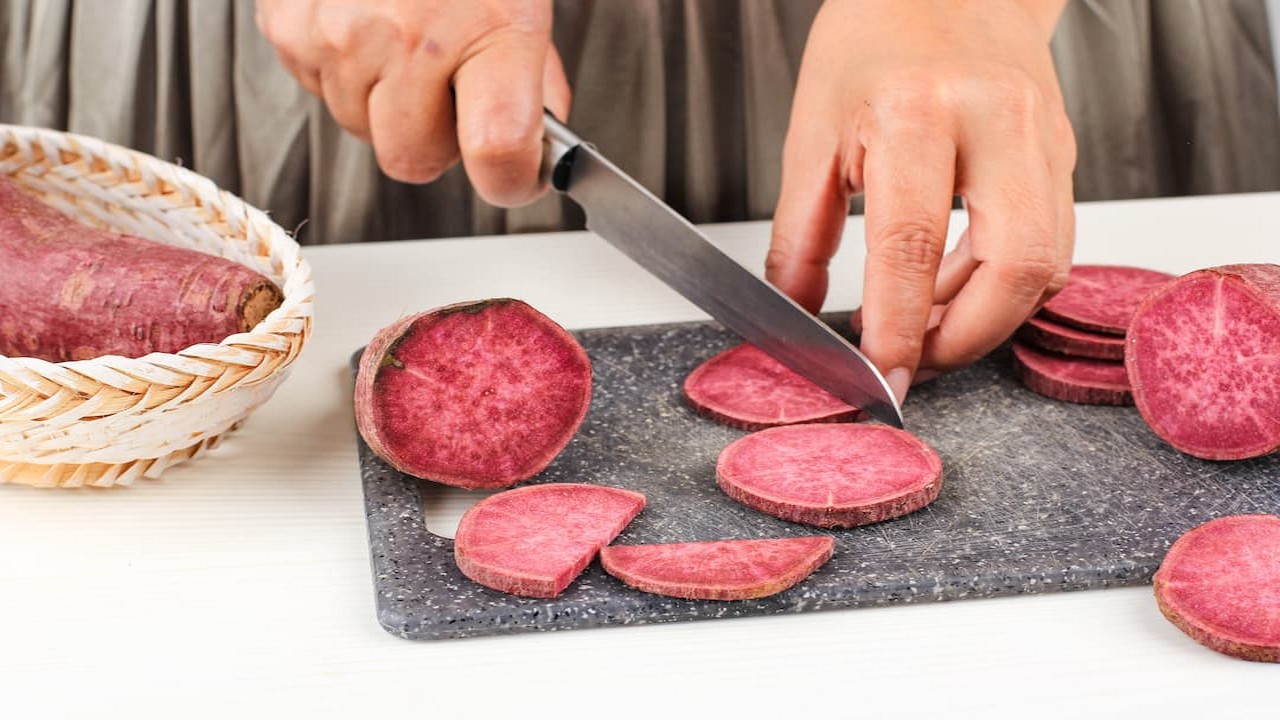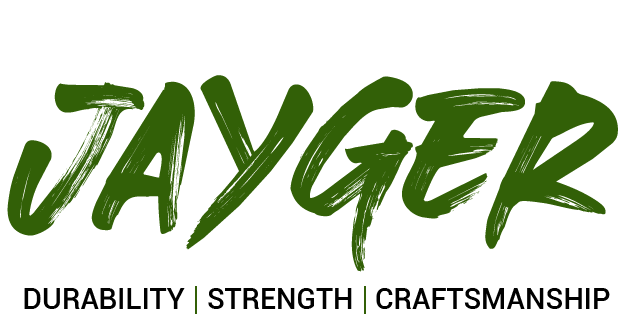Blog
Kiritsuke Knife: Experience The Japanese Precision

A Kiritsuke knife is a Japanese multipurpose knife that combines the features of a traditional Japanese vegetable knife and a sashimi knife. It has a long, flat blade with a pointed tip that can be used for slicing, chopping, and dicing vegetables, fish, and meat.
The Kiritsuke knife is considered one of the most versatile knives in Japanese cuisine and is often used by professional chefs. The cost of a Kiritsuke knife can vary depending on the brand and quality but typically ranges from £50 to £300 in the UK.
How to Use a Kiritsuke Knife?
To use a Kiritsuke knife:
- Start by holding the handle firmly with your dominant hand and placing your other hand on the blade near the tip for support.
- Use a rocking motion to slice through vegetables, meat, or fish, keeping the edge at a slight angle.
- For chopping, use a downward motion with the blade, keeping your fingers curled under and away from the edge.
Keeping the edge sharp is important to ensure clean cuts and prevent injury.
Is Kiritsuke Difficult to Use?
Using a Kiritsuke knife may take some practice, but it is relatively easy. It requires a different technique than a traditional chef’s knife, but once you get the hang of it, it can be a versatile and efficient tool in the kitchen. The cost of a kiritsuke knife set can vary depending on the brand and quality, but it is generally more expensive than a standard chef’s knife set. However, investing in a high-quality knife set can save you money in the long run by lasting longer and performing better.
Santoku Knife vs Kiritsuke Knife
Regarding Japanese knives, the Santoku and kiritsuke are two popular options. The Santoku knife is a versatile, all-purpose knife that is great for slicing, dicing, and chopping. The kiritsuke knife, on the other hand, is a multipurpose knife that can be used for various tasks, including slicing, chopping, and even filleting fish. While both blades have their strengths, the kiritsuke is generally considered more versatile and efficient in the kitchen. However, it is also typically more expensive than a Santoku knife.
Bunka Knife vs Kiritsuke
While the Bunka knife and the kiritsuke knife are Japanese knives that are similar in shape, they have some key differences. The Bunka knife has a shorter blade and a more curved edge, making it ideal for chopping herbs and vegetables. The kiritsuke knife, on the other hand, has a longer, straighter blade that is better suited for slicing and dicing larger items like meat and fish.
Regarding cost, both knives can range in price depending on the brand and quality, but the Kiritsuke knife is generally more expensive due to its versatility and craftsmanship.
Our Best Selling Kiritsuke Knife
Below is our selling Kiritsuke Knife in the UK we made with hand-forged Damascus steel.
-
Product on sale
 Handmade Santoku Chef Knife – 6.9”Damascus Steel BladeOriginal price was: £59.99.£49.99Current price is: £49.99.
Handmade Santoku Chef Knife – 6.9”Damascus Steel BladeOriginal price was: £59.99.£49.99Current price is: £49.99.
Understand the Differences Between Kiritsuke Knives and Other Japanese Knives
Kiritsuke knives are a hybrid of traditional Japanese yanagiba and usuba knives, but they also have some unique features that set them apart. For example, Kiritsuke knives have a pointed tip that can be used for intricate cuts, while Santoku knives have rounded information that is better for rocking motions.
Damascus Kiritsuke knives have a beautiful, layered pattern on the blade created through a special forging process. Understanding these differences can help you choose the best Kiritsuke knife for your specific needs in the kitchen.
Consider the Blade Material and Construction
When choosing a Kiritsuke knife, it’s important to consider the blade material and construction. High-quality Kiritsuke knives are typically made from high-carbon stainless steel, which is durable, rust-resistant, and holds a sharp edge. Additionally, some Kiritsuke knives feature a Damascus blade, created by layering different types of steel together to create a unique pattern.
This adds to the knife’s aesthetic appeal and makes it stronger and more durable. Finally, pay attention to the blade’s thickness and weight, as these factors can affect the knife’s balance and overall performance.
Look for a Comfortable and Ergonomic Handle
When choosing a knife, remember to consider the handle. Look for a comfortable grip handle and ergonomic, which fits well in your hand and allows easy maneuvering. Handles can be made from various materials, including wood, plastic, and metal. Some handles even feature a non-slip grip, which can be helpful when working with wet or slippery ingredients. Ultimately, the best handle for you will depend on your personal preferences and cooking style.
Choose the Right Size for Your Needs
Kiritsuke knives come in various sizes, ranging from small to large. When choosing the right size for your needs, consider the tasks you will use the knife for. A smaller Kiritsuke knife may be more suitable for peeling and slicing. While a larger knife may be better for chopping and dicing. Additionally, consider the size of your hands and the amount of control you have over the blade.
A larger knife may be difficult to handle if you have smaller hands. While a smaller knife may need to provide more control for larger tasks. Ultimately, the right size for you depends on your preferences and cooking needs.

